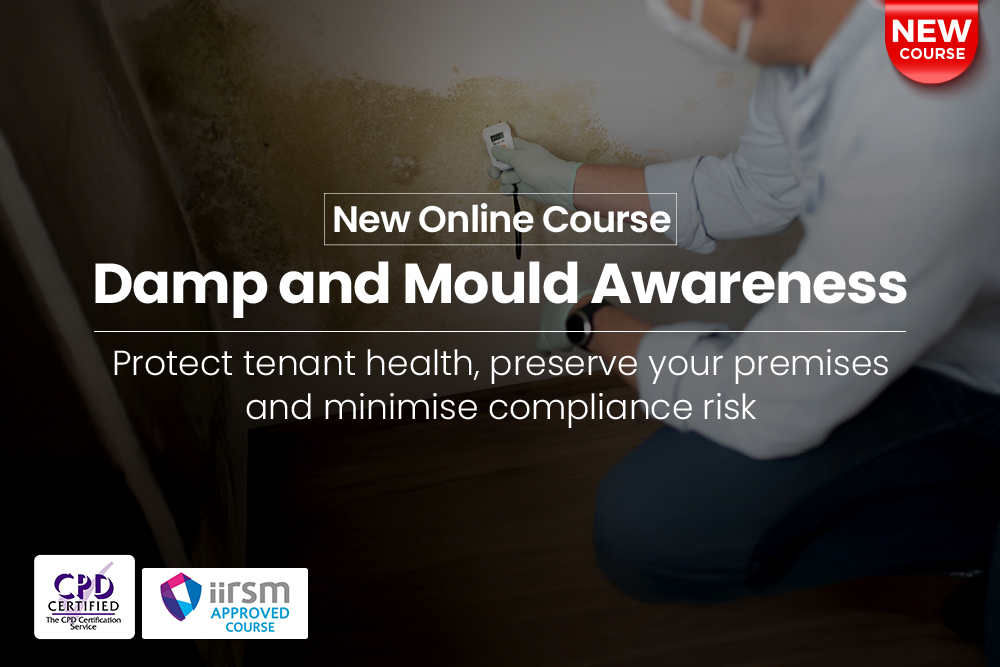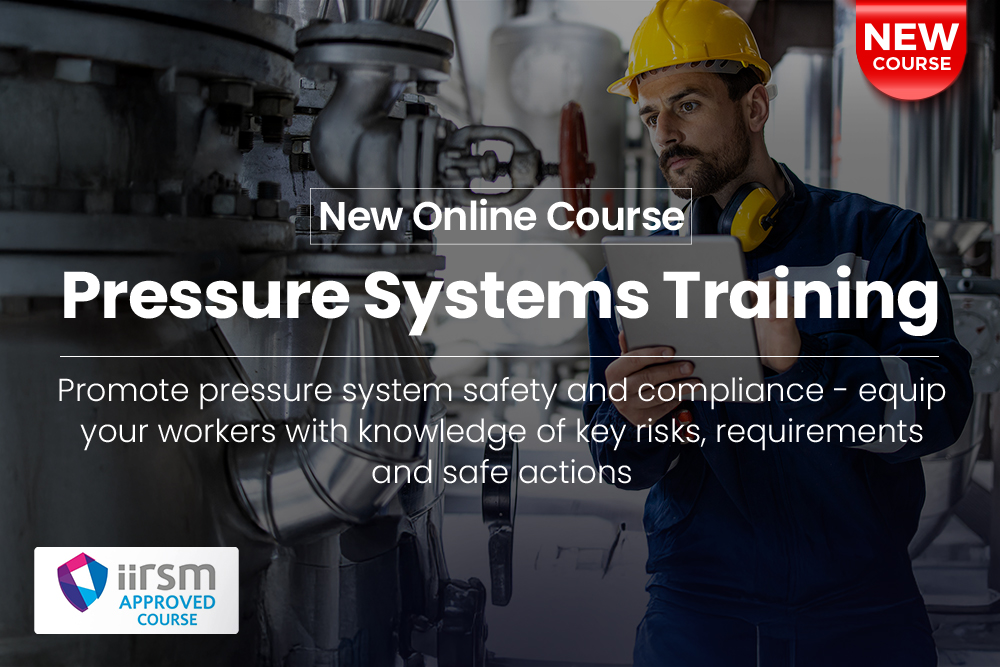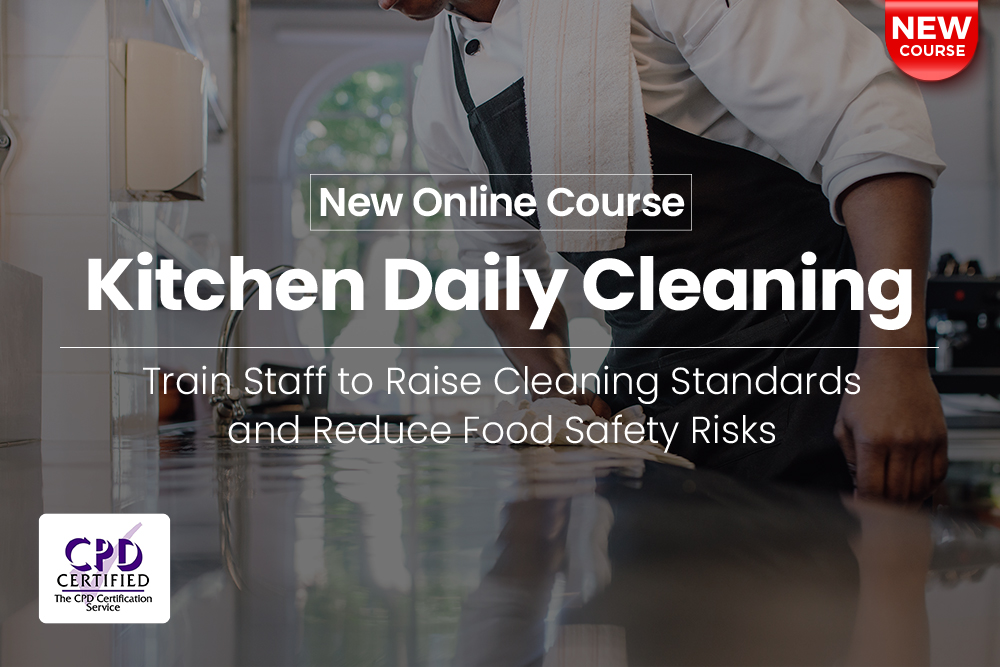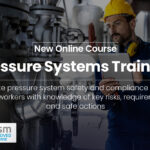
It’s been an exceptionally hard day at work and you’re feeling the pressure. Suddenly, you’re dizzy and nauseous. There’s a tight feeling in your chest. Is it a heart attack? Is it anxiety? Can stress cause chest pain?
As it turns out, high stress and anxiety levels can physically affect our bodies, including by causing chest pain. But telling the difference between a cardiac arrest and anxiety-induced chest pain is not easy. Keep reading to learn more about the symptoms of anxiety, how they relate to cardiac arrest and what to do for each.
Common Symptoms of Anxiety & Stress
Most of us have felt anxious and stressed out about our work at some point. In fact, 37.1% of women and 29.9% of men in the UK have high levels of anxiety, according to a recent government survey. That’s one in every three adults in Great Britain.
How do you know if you’re under too much stress and suffering from anxiety? Watch out for these common symptoms:
- Chest pain
- Feeling fearful or panicked
- Being overly tense and on edge
- Having racing thoughts
- Being irritable
- Having difficulty concentrating
- Profuse sweating or having hot flushes
- An increased or irregular heartbeat
- Being short of breath
- Having a dry mouth
- Stomach aches and upsets
- Feelings of nausea
- Pins and needles in your extremities
- Sleep problems

How Does Anxiety Cause Chest Pain?
Anxiety is the body’s way of dealing with anything it considers a threat. This could be something that’s happening now or in the future. As soon as your mind registers a threat, your body goes into what’s known as ‘fight or flight’ mode.
Your brain releases stress hormones like adrenaline and cortisol throughout your body when it goes into a fight or flight response. Your breathing gets quick and shallow, your blood pressure shoots up and your heart rate increases. The sudden jolt of adrenaline causes arteries in your heart to become narrow. This is called stress cardiomyopathy and it feels like you’re having a heart attack.
What Does Chest Pain from Anxiety Feel Like?
While everyone experiences anxiety-induced chest pain slightly differently, there is one common element: it’s not pleasant! The chest pain from anxiety can feel like a sharp stabbing pain. There may also be a feeling of tightness and pressure on your chest. Some people experience a burning sensation and feel their chest twitching. When the initial sharp pain subsides, a dull ache can appear.
Anxiety Induced Chest Pain and Cardiac Arrest
The chest pain caused by anxiety and stress can be mistaken for a heart attack. But there are differences between the two. Anxiety-induced chest pain usually subsides within about 10 minutes and is contained to the chest region.
Cardiac chest pain from a heart attack can spread to the jaw, back, shoulders and arms. Unlike anxiety-induced chest pain, a heart attack will get worse over time and can last for 20 minutes or longer. Anxiety-induced chest pain can also be felt when sedentary, whereas cardiac chest pain can be triggered or made worse by movement.
Many people wind up in the emergency room because of anxiety-induced chest pain. This is because the symptoms are incredibly similar to having a heart attack.
What to Do if Experiencing Cardiac Arrest
Don’t take the risk. If you’re experiencing chest pain, seek medical attention immediately.
If you come across anyone who appears to be suffering from the signs of cardiac arrest, call emergency services immediately. If they are unconscious, begin the steps to CPR and ask a helper to seek out an AED.
Ways to Alleviate Anxiety-Induced Chest Pain
If you regularly experience anxiety-induced chest pain, there are a variety of simple exercises you can try to lower your body’s stress levels.
- Try and calm yourself using breathing exercises
- Use relaxation techniques like meditation or visualisation
- Stay active and exercise to boost your mental health
- Limit your intake of alcohol and caffeine
- Quit smoking
- Make sure you get good-quality sleep
Treatment of Anxiety-Induced Chest Pain
Managing anxiety-induced chest pain involves a combination of therapies, lifestyle changes and quick relief techniques:
- Cognitive Behavioural Therapy (CBT) can help reframe anxious thoughts.
- A doctor may prescribe medications like SSRIs or short-term anti-anxiety drugs.
- Regular exercise, a healthy diet and mindfulness practices like meditation or deep breathing can lower stress levels and prevent symptoms.
- Quality sleep, combined with limiting caffeine and alcohol, helps reduce anxiety.
- Practicing slow, deep breathing can lower heart rates.
- Grounding techniques like focusing on your surroundings can ease anxiety.
If chest pain persists or disrupts your life, consult a healthcare professional for a tailored treatment plan.
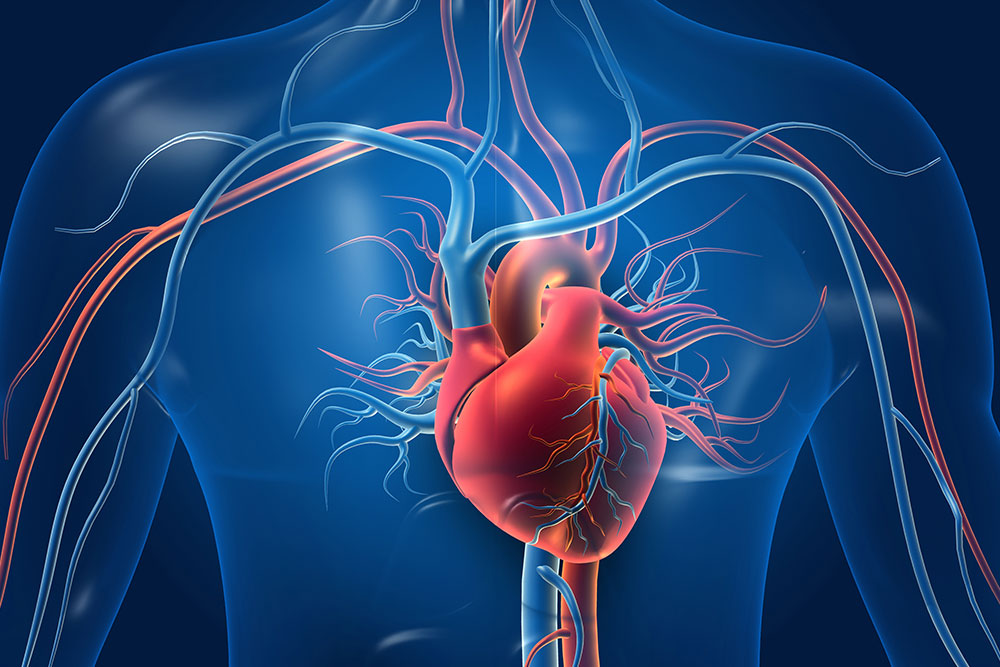
Reducing Workplace Stress Levels
As mentioned, work is a significant contributor to our stress levels. A range of factors can spark workplace anxiety. The Health and Safety Executive (HSE) lists six leading causes of workplace stress that you should look out for:
- Not being able to cope with work demands
- Not being able to control how you do your work
- Not getting enough support or information at work
- Experiencing issues with bullying or problematic workplace relationships
- Not understanding your role and personalities
- Not being engaged in changes to the business
If you are aware that any of the above are impacting yourself or your colleagues significantly, work with your employer to find ways to tackle them.
How to Create an Anxiety-Free Workplace
Creating an anxiety-free workplace is everyone’s responsibility. Employees need to act to ensure that their colleagues receive medical help if they are in need and that the workplace is as stress-free as possible.
Employers have a legal duty to ensure the workplace is safe for their employees. This obligation is enshrined in law under the Health and Safety at Work etc. Act 1974. Reducing your employees’ stress is just as crucial as ensuring no risks to their physical health.
If you are an employer, there are simple steps you can take to manage workplace stress and lower anxiety levels. Try applying some of the following suggestions:
- Create open lines of communication between staff and management
- Ensure staff and management are respectful of each other
- If possible, provide employees with flexible work schedules
- Make sure workloads and deadlines are fair and manageable
- Act to enhance employee engagement
- Provide mental health support resources for your staff
- Educate your team on the importance of mental health awareness
- Conduct a workplace stress risk assessment
How to Access Online Stress Risk Assessment Training
Conducting a stress risk assessment will help you to identify the causes of stress in your workplace. You can use this information to develop procedures to reduce stress and lower anxiety levels among your staff.
Our online stress management course can be taken online in segments to fit around work schedules. This training will teach you how to recognise the causes of work-related stress and what you can do about them.























































































